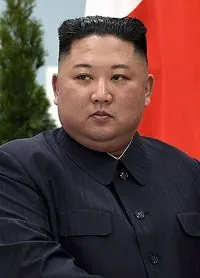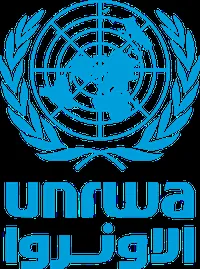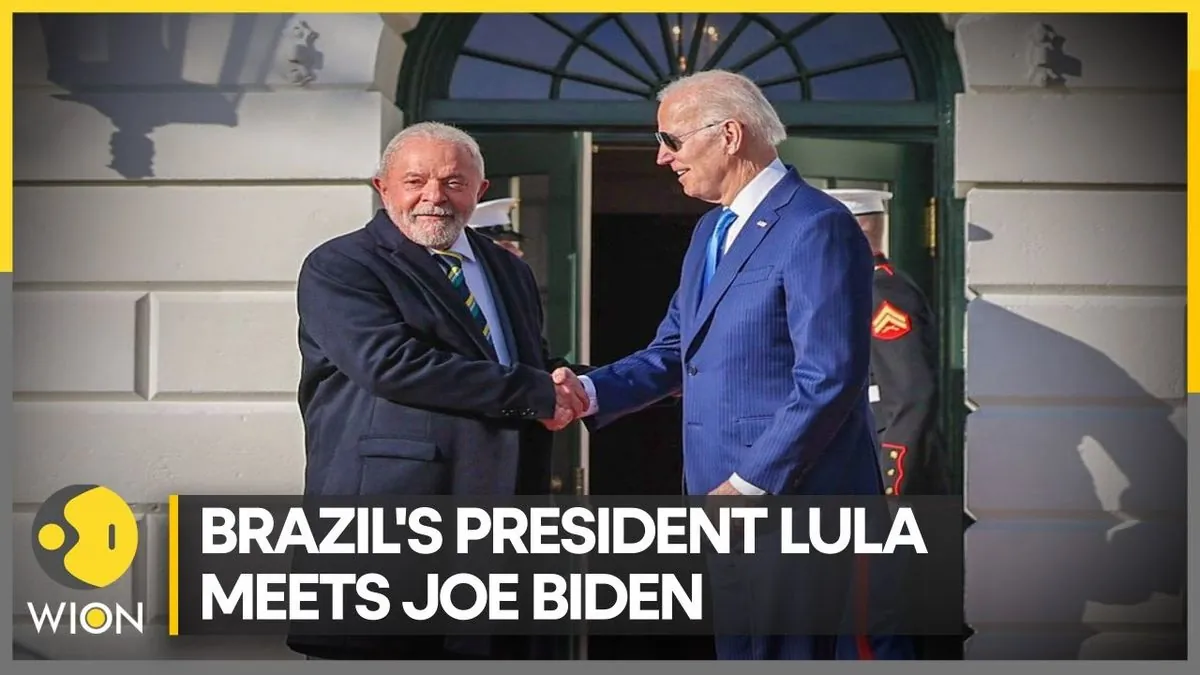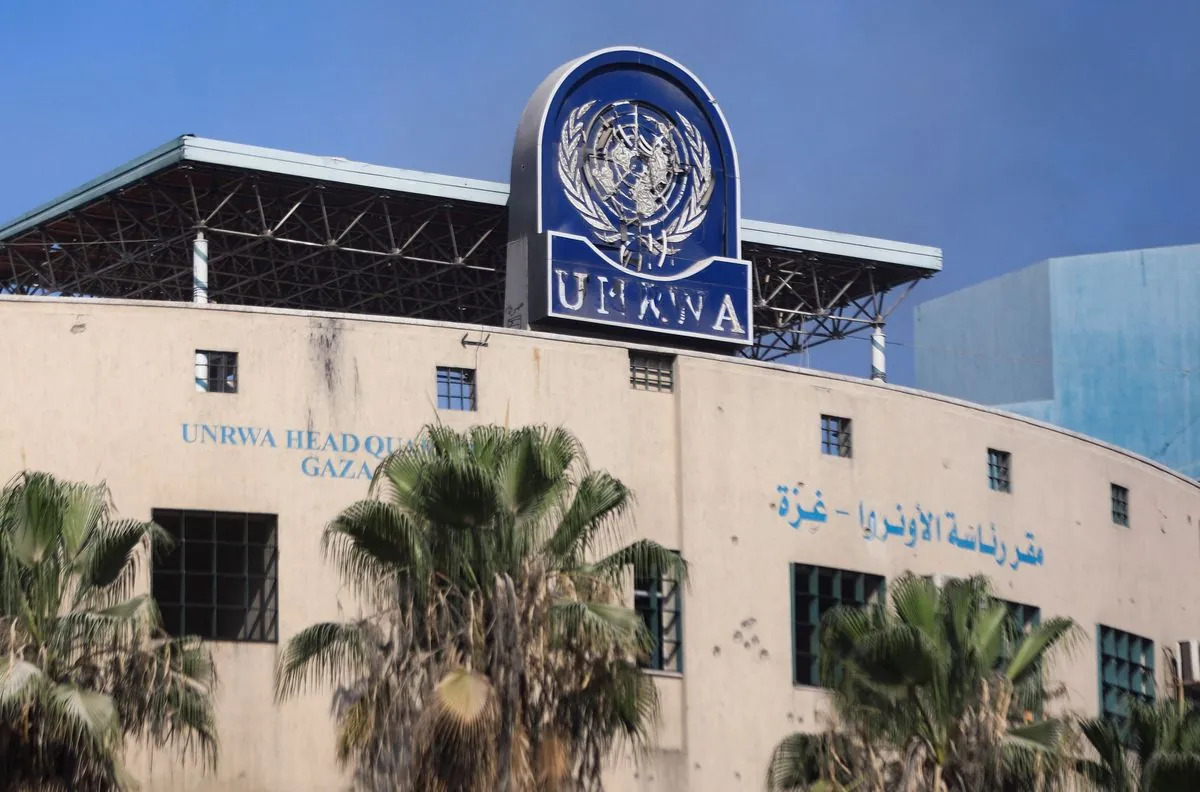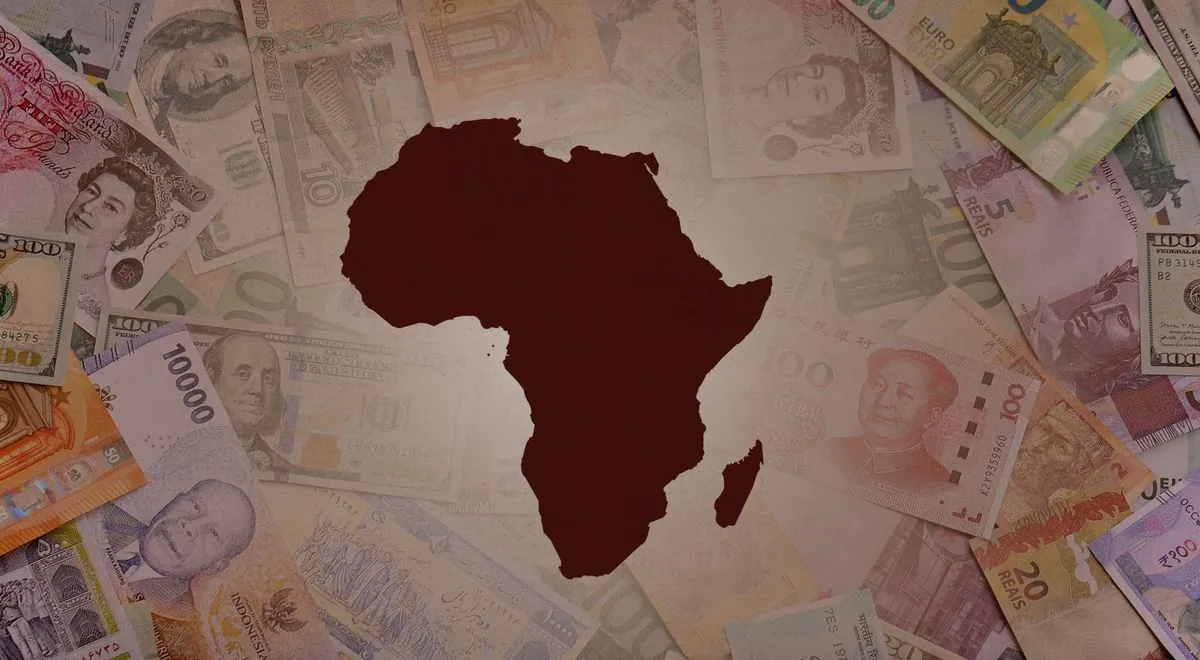US Trade Agreements: A Stronger Alternative to China's African Lending
US misunderstands China's African lending as strength, while it's driven by economic vulnerabilities. Expanding trade agreements like AGOA could offer a more effective US engagement strategy with Africa.

In September 2024, Chinese President Xi Jinping pledged over $29 billion in new lending commitments to Africa, prompting a misguided response from Washington. The United States has been attempting to counter China's influence by mirroring its lending practices, a strategy that fails to capitalize on America's unique economic strengths.
China's extensive lending programs are not indicative of economic power, but rather a symptom of underlying vulnerabilities. The Chinese economy, heavily reliant on maintaining a positive trade balance, is compelled to lend to sustain demand for its exports. This economic model has led to a significant increase in overseas lending by China's Export-Import Bank, rising from $98 billion in 2016 to over $134 billion in 2023.
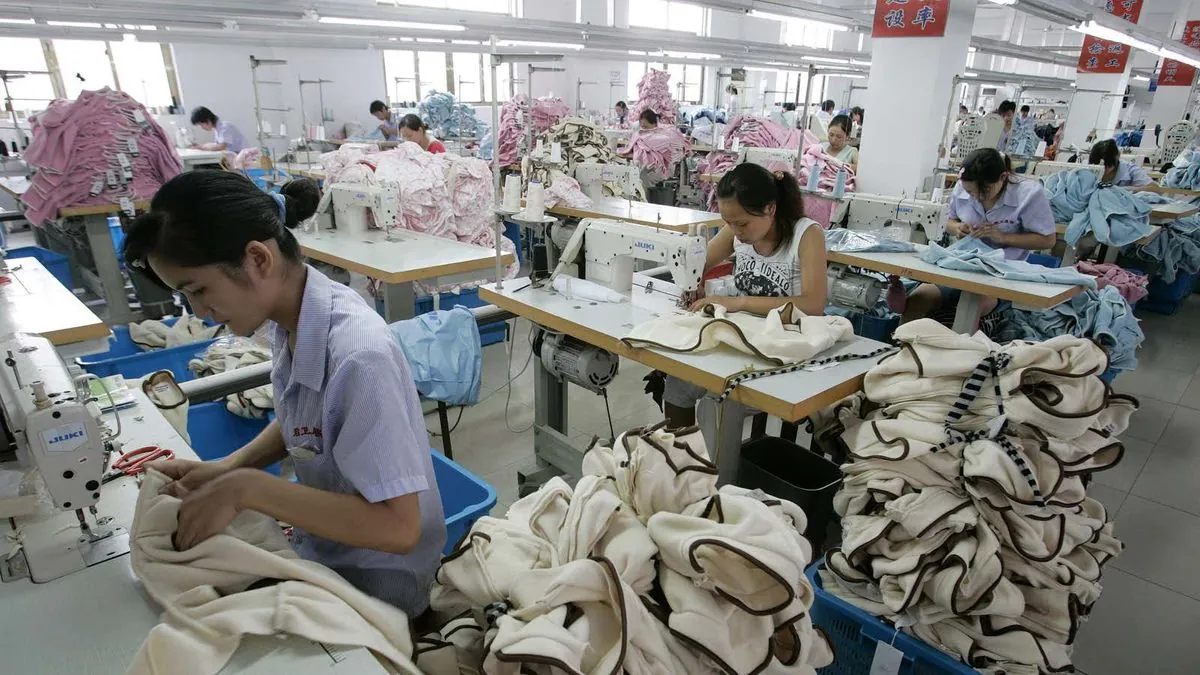
The United States, in contrast, possesses a consumer-driven economy that can sustain trade imbalances while maintaining growth. This fundamental difference allows the US to offer African nations what they truly need: export markets for finished goods, supporting sustainable economic development.
"Our focus should be on expanding trade agreements that benefit both African exporters and American consumers, rather than competing in a lending race we're not equipped to win."
The African Growth and Opportunity Act (AGOA), established in 2000, exemplifies the type of trade policy that aligns with US economic strengths. This non-reciprocal preferential trade agreement promotes African industrialization and job creation while providing preferential access to US markets. As AGOA approaches renewal in 2025, it presents an opportunity to redesign and expand US economic engagement with Africa and beyond.
Expanding AGOA into an "International Growth and Opportunity Act" could serve as a powerful alternative to China's Belt and Road Initiative, which was announced in 2013. This approach would leverage America's economic structure and consumer market to support development in low-income regions globally.
Key facts to consider:
- China became Africa's largest trading partner in 2009.
- The US Export-Import Bank, established in 1934, operates differently from its Chinese counterparts.
- The International Development Finance Corporation (DFC) was created in 2019 to enhance US development financing capabilities.
- The US-Africa Leaders Summit, first held in 2014, demonstrates America's commitment to the continent.
- The African Continental Free Trade Area (AfCFTA) came into effect in 2021, presenting new opportunities for US-Africa trade relations.
By focusing on trade agreements rather than competing in lending, the US can avoid the pitfalls of debt-based development that have historically burdened low-income countries. This approach also aligns with current "friendshoring" initiatives and allows the US to maintain high ethical and environmental standards.
In conclusion, the United States should leverage its economic strengths through trade agreements like AGOA, offering African nations and other developing regions a compelling alternative to Chinese lending. This strategy not only benefits US consumers and industries but also supports sustainable economic growth in partner countries.














